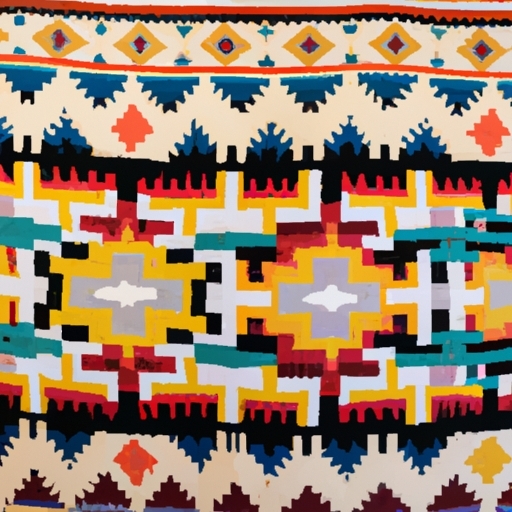
The largest Native American tribe in the United States today is the Cherokee Nation. The historical background and origins of the Cherokee people date back thousands of years to the Southeastern region of North America.
The Cherokee people have a rich cultural heritage that includes a complex social structure, advanced agricultural practices, and a unique written language. They were one of the "Five Civilized Tribes" that interacted with European settlers in the early days of colonization.
In the 19th century, the Cherokee Nation faced forced removal from their ancestral lands during the infamous Trail of Tears, which resulted in the deaths of thousands of men, women, and children. Despite this tragic history, the Cherokee people persevered and rebuilt their nation in present-day Oklahoma.
Today, the Cherokee Nation is a thriving community with over 370,000 enrolled citizens. They have their own government, laws, and institutions that provide services to their members and promote cultural preservation.
The legacy of resilience and strength displayed by the Cherokee people continues to inspire Indigenous communities across the country. Their story serves as a reminder of the enduring spirit and determination of Native American tribes in the face of adversity.